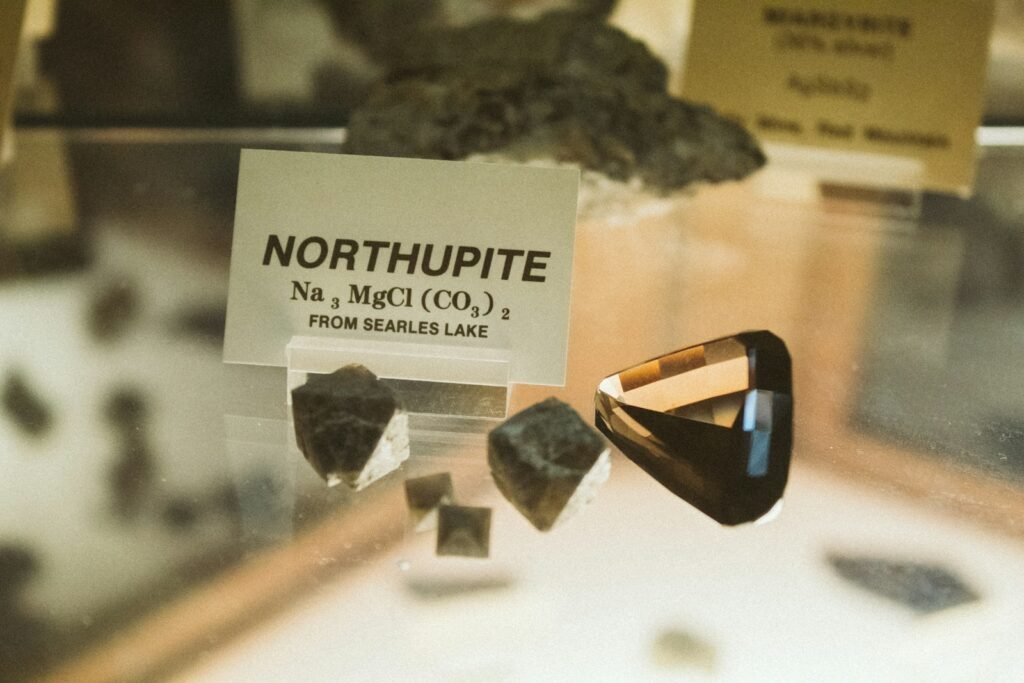Space rocks plummeting through Earth’s atmosphere carry more than just cosmic debris. Inside these ancient messengers, scientists have uncovered materials so bizarre they challenge everything we thought we knew about the early solar system. From impossible crystals to the raw ingredients of life itself, are revealing secrets that could rewrite our understanding of how worlds form and possibly where life began.
Alien Minerals That Don’t Exist on Earth
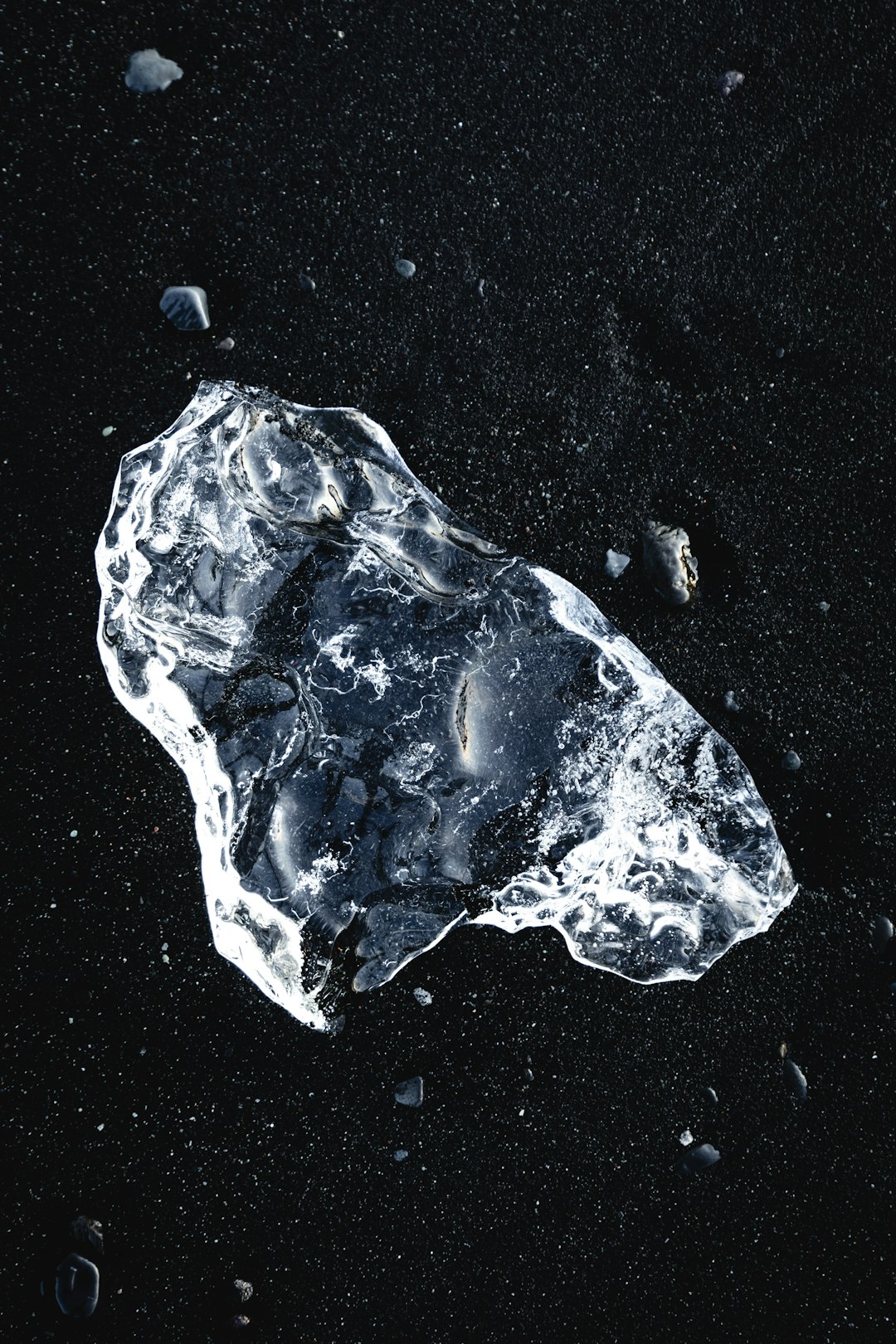
Imagine holding a rock that contains materials found nowhere else on our planet. A never-before-seen extraterrestrial mineral was lurking inside a meteorite found nearly 70 years ago. The mineral doesn’t naturally occur anywhere on our planet, creating excitement among researchers worldwide.
The researchers named it “edscottite,” after Edward R.D. Scott, a cosmochemist at the University of Hawaii at Manoa. Scott was the first to discover this mineral in the meteorite and determine its chemical composition in the early 1970s, but he was not able to determine its crystal structure. This discovery demonstrates just how much we still don’t know about the materials floating through our solar system.
The implications go far beyond simple scientific curiosity. Whenever you find a new mineral, it means that the actual geological conditions, the chemistry of the rock, was different than what’s been found before. These alien minerals serve as time capsules, preserving evidence of cosmic processes that occurred billions of years ago under conditions we can barely imagine.
Magnetic Materials From Deep Space

The material found in the is a combination of two base metals, nickel and iron, which were cooled over millions of years as meteoroids and asteroids tumbled through space. That process created a unique compound with a particular set of characteristics that make it ideal for use in the high-end permanent magnets.
Scientists have discovered something remarkable about this meteoritic material called tetrataenite. The compound is called tetrataenite, and the fact that scientists have found a way to make it in a lab is a huge deal. If synthetic tetrataenite works in industrial applications, it could make green energy technologies significantly cheaper.
The discovery holds profound implications for our technological future. The compound is so tough that manufacturers could make permanent magnets out of it for all but the most demanding pieces of machinery. If that happens, the US could fill a huge part of the magnet market itself, and reduce its need for certain rare earths.
Rule-Breaking Quasicrystals
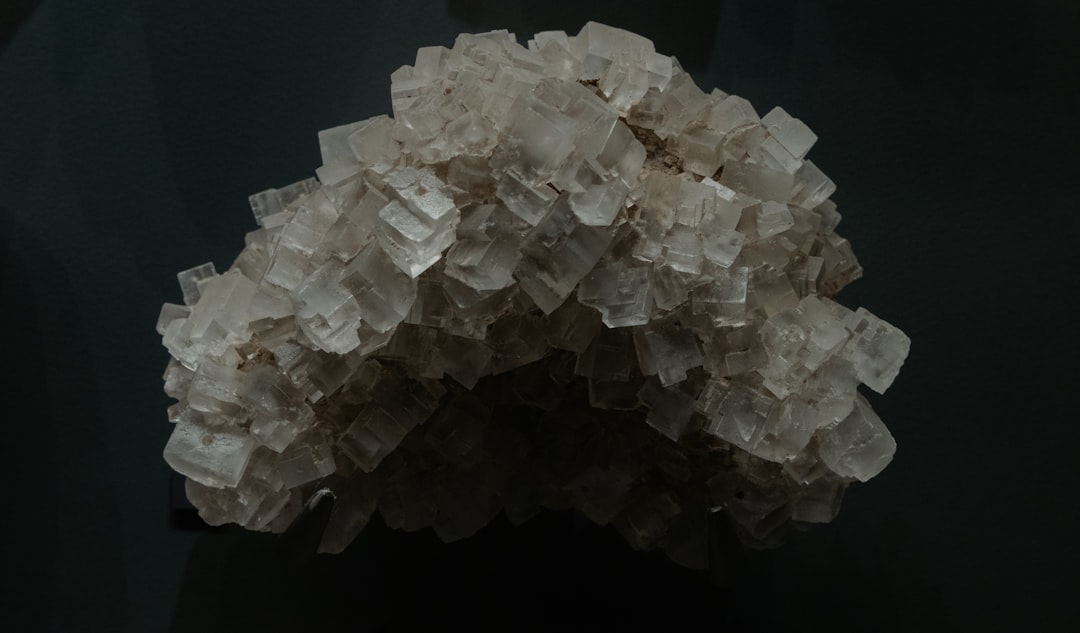
Physicists have uncovered an ultra-rare quasicrystal in a piece of Russian meteorite, and it’s only the third time ever that we’ve seen one of these strange materials in nature. Originating in outer space, these crystals aren’t just incredible because of how rare they are – their atomic structure is so peculiar, for decades their existence was dismissed as “impossible”.
These materials defy the fundamental rules of crystallography that scientists had accepted for nearly two centuries. Before the existence of quasicrystals was confirmed, scientists assumed that for a structure to grow with a repeating, symmetrical structure, it could exhibit one of four types of rotational symmetry: two-fold, three-fold, four-fold, or six-fold. Quasicrystals broke this rule, because they have crystal-like structure with a five-fold rotational symmetry.
The discovery story itself reads like scientific drama. Shechtman was awarded the 2011 Nobel Prize in Chemistry for his discovery, but not before being literally laughed out of his lab and ridiculed by his peers for decades for daring to suggest something so preposterous as a semi-ordered structure. Nature, it seems, had been keeping secrets that challenged our most basic assumptions about matter itself.
Diamond Formations Never Seen Before
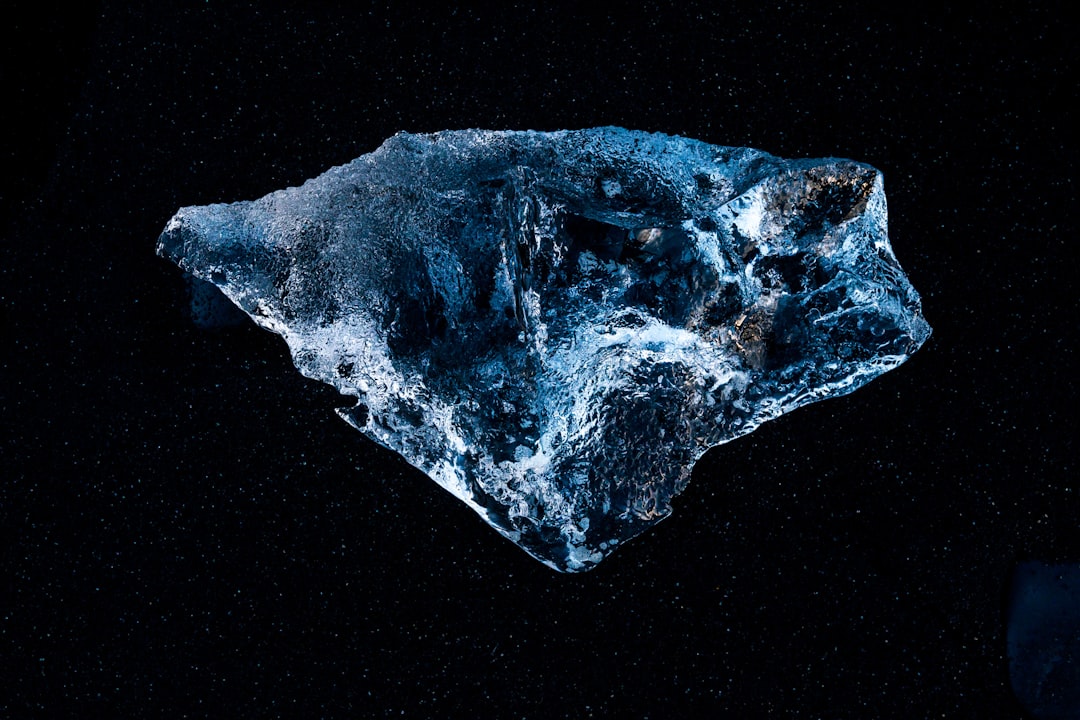
Scientists found something unexpected inside a meteorite that hit Earth 50,000 years ago. While studying lonsdaleite in the meteorite, the researchers found something odd. Instead of the pure hexagonal structures they were expecting, the researchers found growths of another carbon-based material called graphene interlocking with the diamond.
These aren’t ordinary diamonds formed under Earth’s familiar conditions. The diamonds inside the Canyon Diablo meteorite are known as lonsdaleite – named after British crystallographer Dame Kathleen Lonsdale, University College London’s first female professor – and have a hexagonal crystal structure. These diamonds form only under extremely high pressures and temperatures.
The significance extends far beyond their rarity. Because it is both as light as a feather and as strong as a diamond; both transparent and highly conductive; and 1 million times thinner than a human hair, it could one day be used for more targeted medicines, tinier electronics with lighting-fast charging speeds, or faster and bendier technology. These space diamonds might hold keys to revolutionary technological breakthroughs.
Building Blocks of Life Itself
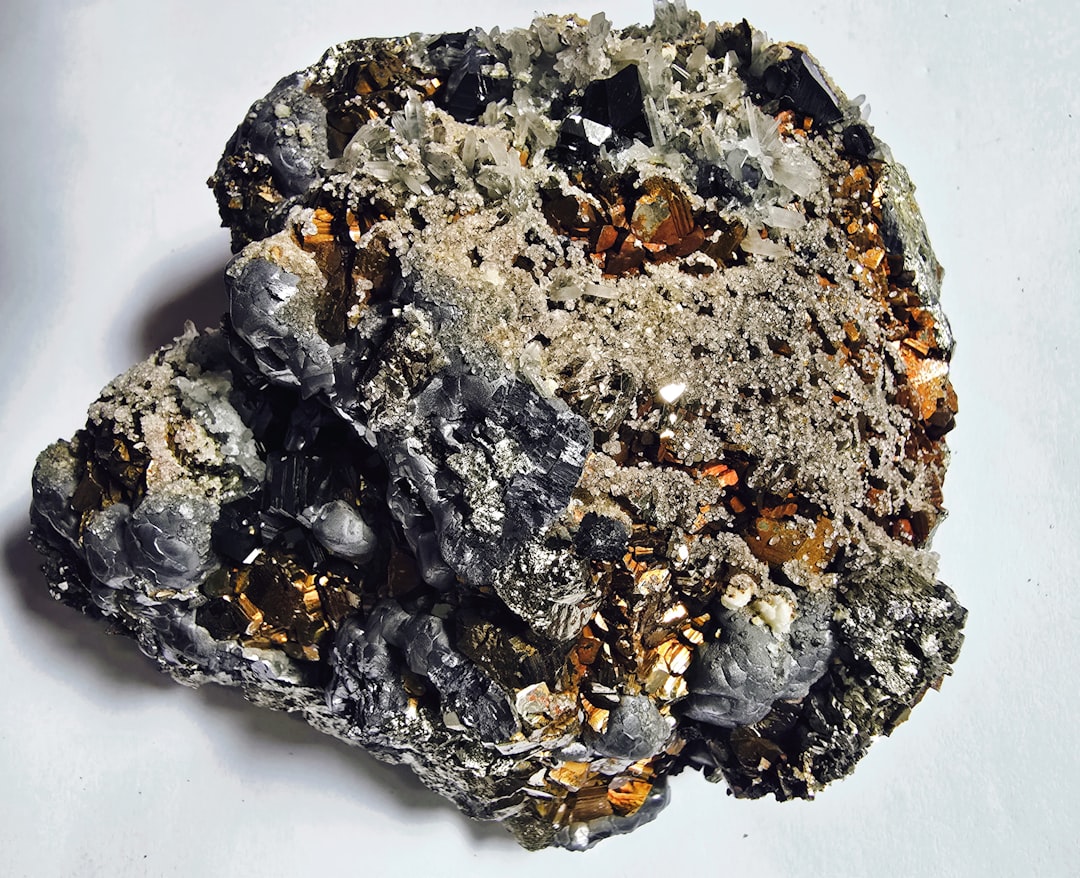
Murchison also contained nucleobases, the building blocks of genetic molecules such as RNA, and in November 2019, researchers found a major component of RNA’s backbone: the sugar molecule ribose. This discovery suggests that the fundamental chemistry necessary for life might have been raining down from space for billions of years.
The implications are staggering. Scientists from Japan and NASA have confirmed the presence in of a key organic molecule which may have been used to build other organic molecules, including some used by life. The discovery validates theories of the formation of organic compounds in extraterrestrial environments. Organic molecules from may be one of the sources of organic compounds that led to the emergence of life on Earth.
These cosmic deliveries might have given Earth’s earliest life forms a crucial head start. So glycine formed during that time could have provided a boost to newly forming life if it was delivered to Earth by comets. “It’s not that it couldn’t have formed on Earth – it certainly could – it’s just that it didn’t have to,” A’Hearn said. “Basically, the Earth got a head start.”
Preserved Ancient Water and Ice
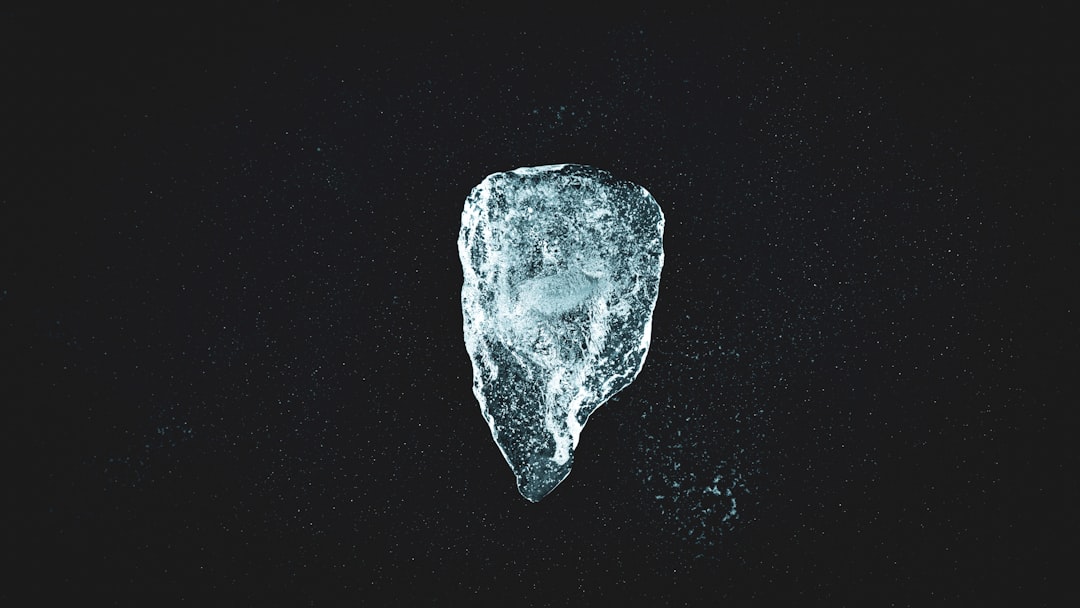
However, incorporation into ice Ih could protect AAs from decomposition or racemization and significantly improve the efficiency of extraterrestrial transport of small organics. Therefore, this study supports the hypothesis of extraterrestrial delivery of organic molecules in icy comets and asteroids to the primitive Earth.
Scientists have discovered that can preserve evidence of ancient aqueous processes. From such mineralogical evidence, scientists know that young asteroids held significant amounts of liquid water. “The aqueous alteration phase of these bodies, which is when the amino acids in question would have had a chance to form, was a period of about a million years,” she said – more than long enough to produce the quantities of amino acids observed in .
These findings revolutionize our understanding of early solar system chemistry. The presence of liquid water in ancient asteroids created chemical laboratories where complex organic reactions could unfold over geological timescales, producing the molecular precursors that would eventually seed life on Earth.
Shocked Minerals From Cosmic Collisions
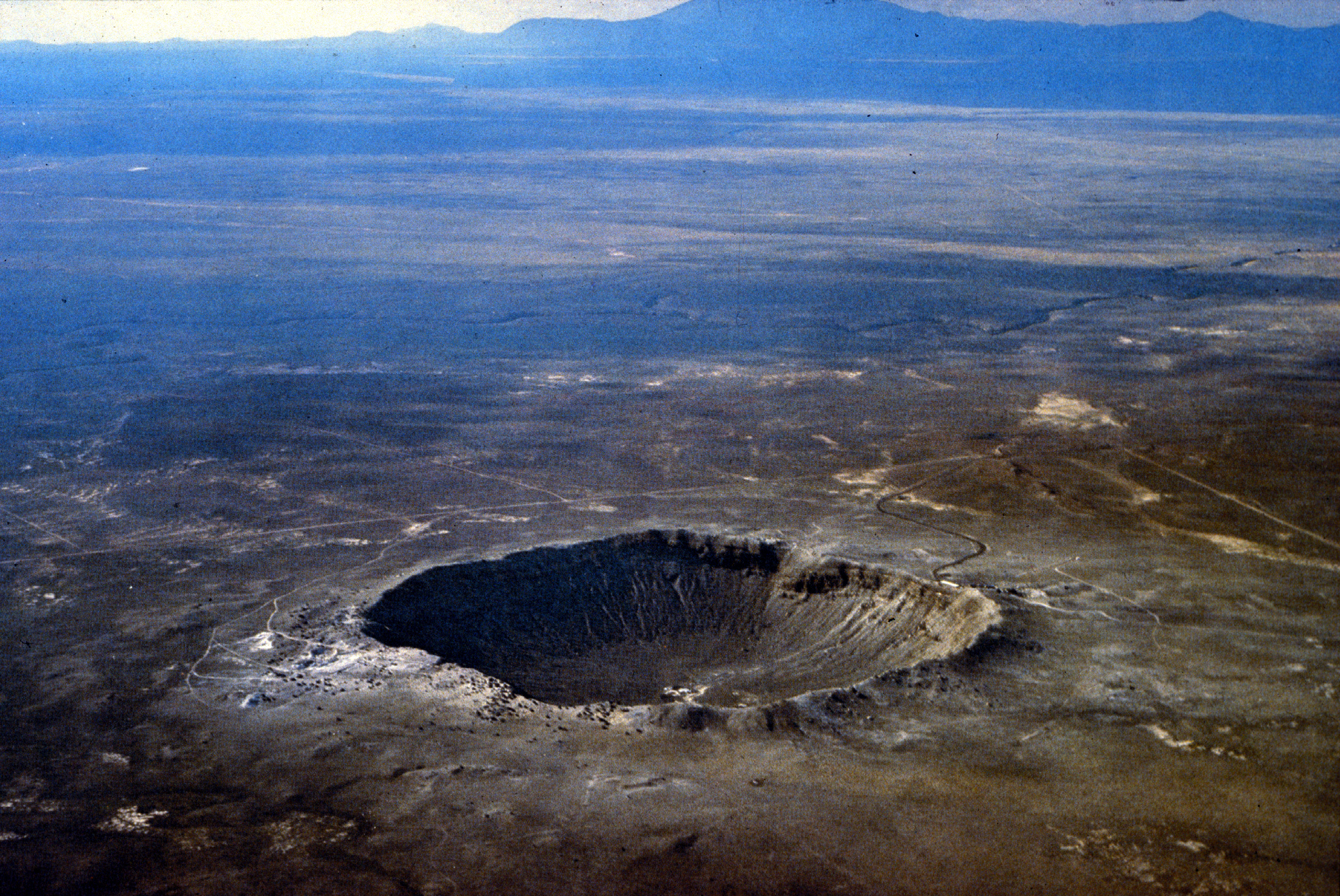
One such clue was the presence of a mineral called stishovite, a type of silica that forms only under extremely high pressures and temperatures far from the conditions used in any human activity. Stishovite has been found in . A key finding was that the quasicrystal was embedded in the stishovite grain, indicating that the quasicrystal and the stishovite formed together through some natural high-pressure event.
These shock minerals tell dramatic stories of cosmic violence. This meteorite formed when two asteroids collided. The shock of the collision heated it to more than 2,000 degrees Fahrenheit [1,093 degrees Celsius], hot enough that all complex organic molecules like amino acids should have been destroyed, but we found them anyway.
The survival of delicate organic compounds through such extreme conditions challenges our assumptions about molecular stability. Previously, we thought the simplest way to make amino acids in an asteroid was at cooler temperatures in the presence of liquid water. This meteorite suggests there’s another way involving reactions in gases as a very hot asteroid cools down.
Nanodiamonds With Stellar Origins
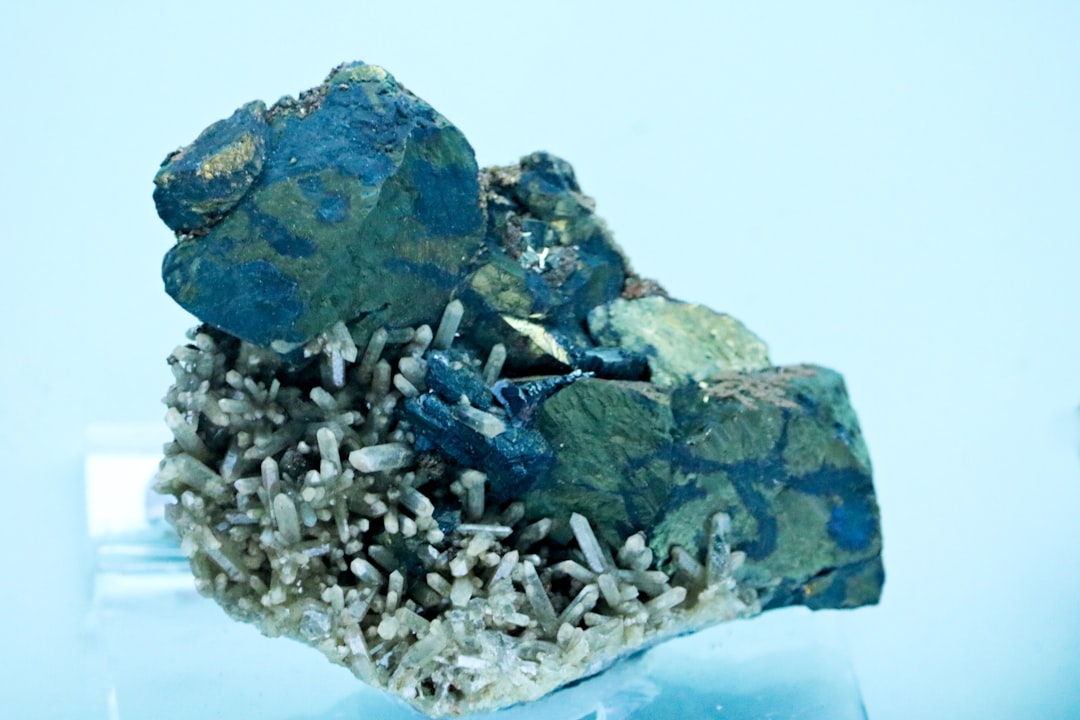
A cluster of nanodiamonds discovered embedded in the stone in a recent study led by Yassir Abdu (University of Sharjah, United Arab Emirates). Abdu and collaborators showed that these nanodiamonds have similar spectral features to the interiors of dense interstellar clouds and they dont show any signs of shock features. This may suggest that the nanodiamonds were formed by condensation of nebular gases early in the history of the solar system. The diamonds were trapped in the surface material of the Kapoeta parent body, thought to be the asteroid Vesta.
These microscopic gems preserve memories of stellar nurseries. Unlike shock-formed diamonds, these nanodiamonds appear to have condensed directly from the gaseous remnants of dying stars, carrying within them the isotopic fingerprints of their cosmic birthplace.
Nanodiamonds can grow during the hydrothermal alteration of ultramafic rocks, as well as during the lithogenesis of sediments bearing organic matter. Their presence in opens windows into multiple formation pathways, each telling different stories about the environments where they crystallized billions of years ago.
Complex Organic Molecules Beyond Earth
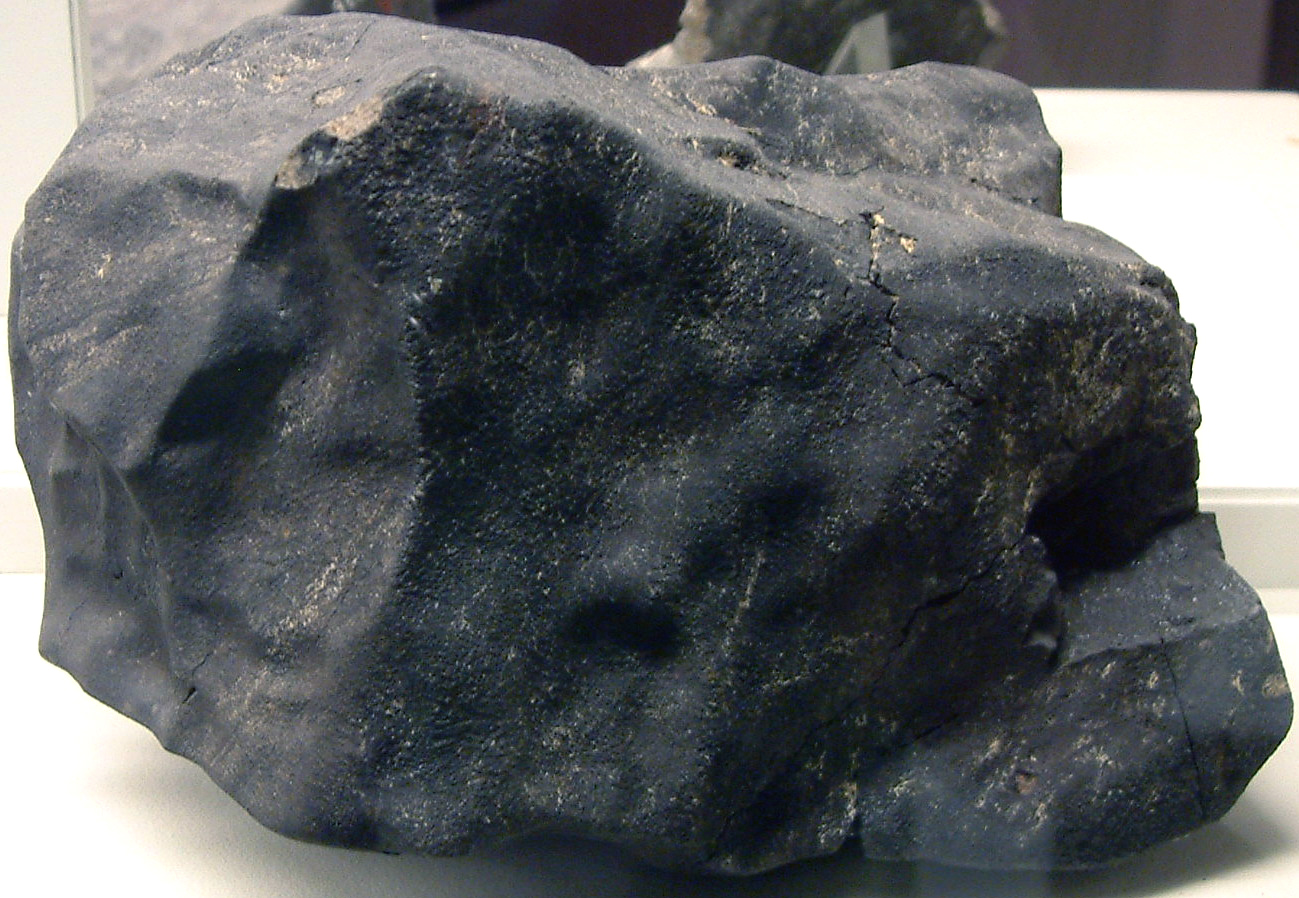
Associate Professor Yasuhiro Oba from Hokkaido University, Japan, led an international team of researchers who discovered the presence of a prebiotic organic molecule called hexamethylenetetramine (HMT) in three different carbon-rich . Their discovery validates models and theories that propose HMT as an important molecule in the formation of organic compounds in interstellar environments. “HMT is a key piece of a puzzle which draws the whole picture of chemical evolution in space,” said Oba.
This discovery reveals sophisticated chemistry occurring in the depths of space. To explain the formation of meteoritic organic molecules such as amino acids and sugars, two easily vaporized (volatile) molecules, formaldehyde and ammonia, are necessary in asteroids, the parent bodies of many . However, since they are easily lost from asteroidal environments due to their high volatility, scientists question how enough could have been available to build the meteoritic organic molecules being found. HMT does not vaporize even at room temperature, and it can produce both molecules if it is heated with liquid water inside asteroids. Finding HMT in confirms the hypothesis that it is a stable source for ammonia and formaldehyde in asteroids.
Sandford notes that in experiments he and other researchers have conducted, irradiation of icy mixtures like those in the primordial interstellar molecular clouds can give rise to thousands of compounds relevant to life, including sugars and nucleobases, “and amino acids are virtually always there in the mix. So the universe seems to be kind of hard-wired to make amino acids.” Vinogradoff echoed that view and said that the diversity of organic compounds that can be present in is now known to be vast.
Future Implications and Continuing Mysteries
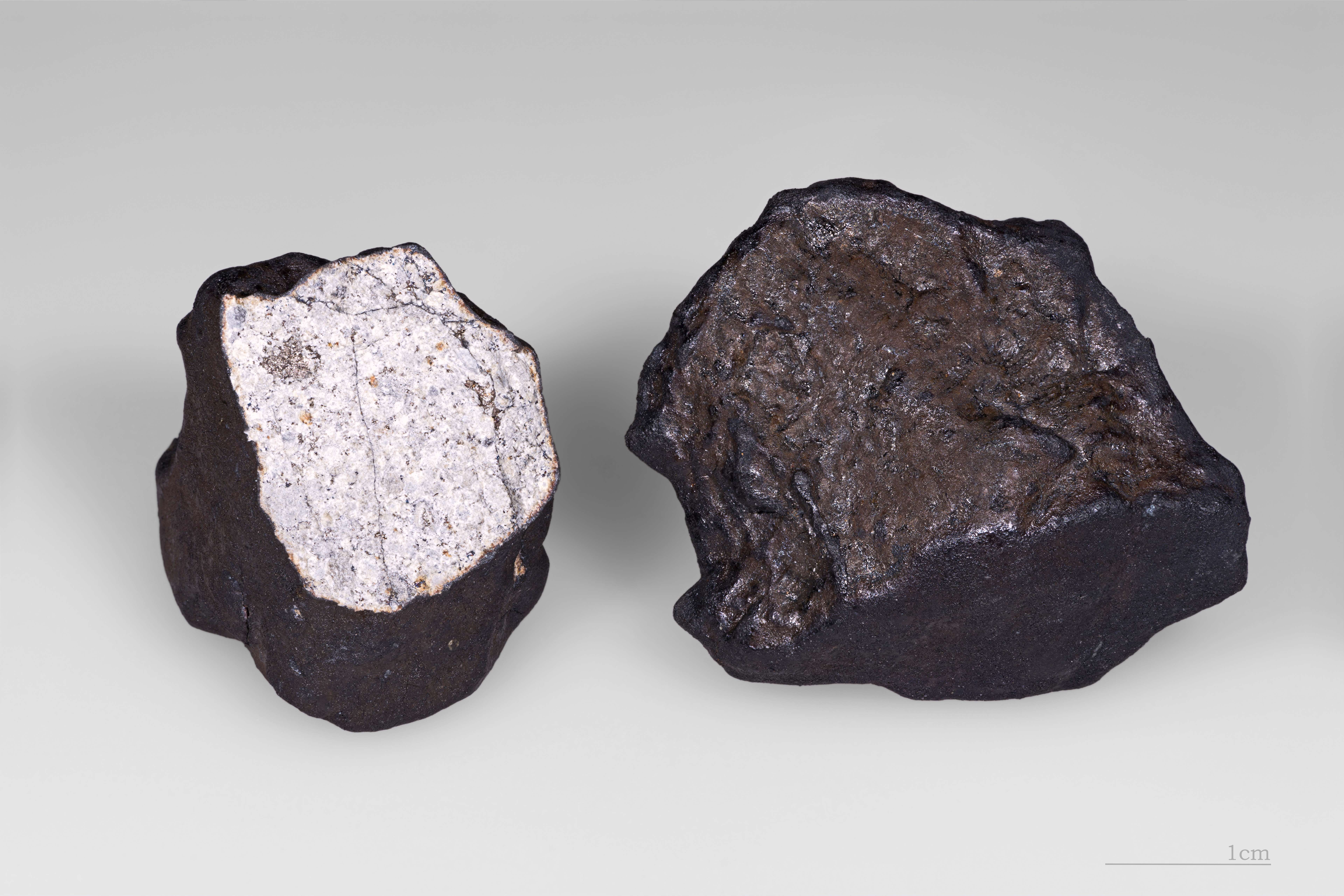
These extraordinary meteorite discoveries are reshaping our understanding of cosmic chemistry and the potential for life throughout the universe. Perhaps life is more common in the universe that we think. Now a new study, published in Science Advances, shows that a special group of molecules, known as peptides, can form more easily under the conditions of space than those found on Earth. That means they could have been delivered to the early Earth by or comets – and that life may be able to form elsewhere, too.
The technological applications of these space-born materials could revolutionize multiple industries. From ultra-hard materials for cutting tools to revolutionary magnetic compounds for renewable energy, are proving to be treasure troves of advanced materials that took millions of years of cosmic processing to create.
Each meteorite that falls represents a natural experiment conducted in the laboratory of space itself. “Every new mineral – each and every one – has a voice and a story to tell,” says Chi Ma, a meteorite mineralogist at the California Institute of Technology. As we continue to study these cosmic messengers, who knows what other impossible materials and profound secrets they might reveal about the universe and our place within it.
What incredible discoveries might the next meteorite hold? The cosmos continues to surprise us with materials and processes we never thought possible.

Suhail Ahmed is a passionate digital professional and nature enthusiast with over 8 years of experience in content strategy, SEO, web development, and digital operations. Alongside his freelance journey, Suhail actively contributes to nature and wildlife platforms like Discover Wildlife, where he channels his curiosity for the planet into engaging, educational storytelling.
With a strong background in managing digital ecosystems — from ecommerce stores and WordPress websites to social media and automation — Suhail merges technical precision with creative insight. His content reflects a rare balance: SEO-friendly yet deeply human, data-informed yet emotionally resonant.
Driven by a love for discovery and storytelling, Suhail believes in using digital platforms to amplify causes that matter — especially those protecting Earth’s biodiversity and inspiring sustainable living. Whether he’s managing online projects or crafting wildlife content, his goal remains the same: to inform, inspire, and leave a positive digital footprint.

